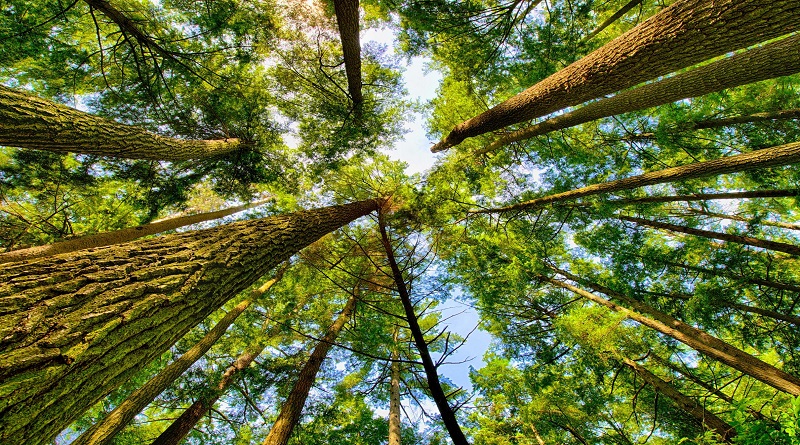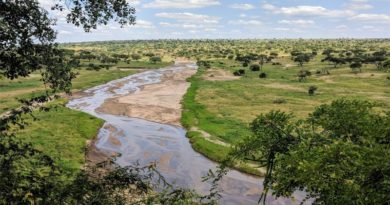Communities managing forests: a tale of prophets, profits, prove it
Today, more than 7 billion humans share the planet with approximately 3 trillion trees, with about a quarter of these trees living outside ‘forests’ and 45% of trees and 40% of people living in the tropics, where most of recent deforestation has occurred.
But it is not just forests – which have been major mitigators of global heating — that continue to be under threat. As demand has grown for timber, agricultural land and other forest products, communities in and around forests must contend with many agents with competing visions. Many communities struggle to ensure their interests are respected.
Meine van Noordwijk, senior research fellow at World Agroforestry (ICRAF), professor of plant production systems with Wageningen University in the Netherlands, and visiting professor with the Faculty of Agriculture, Brawijaya University, Indonesia, writing in a commentary published in One Earth journal (22 May 2020), said that in past decades, many schemes had emerged to try and represent the interests of local communities in forests.
‘However, most fell short of recognizing the agroforests local farmers had developed,’ he said. ‘In the tropics, the opportunity to generate profits for central powers, within or beyond the law, by licensing logging concessions and giving permits for plantations, was seized without much concern for local impact.’
These actions have contributed to the last two decades of global net forest loss, which occurred mainly in the tropics. Yet outside of the control of forest authorities, trees on agricultural land increased over the same period.
Farmers created ‘agroforests’. These ‘domesticated forests’ emerged in many parts of the world, with management geared towards trees of direct value but avoiding the monocultural plantation concept that foresters preferred.
Schemes such as African versions of community-based forest management, Asian versions of social forestry and payments for ecosystem services have made some progress in restoring control of forests on state-owned land and trees on agricultural land to communities but continued micromanagement by state authorities has limited the opportunities for greater success.
The administrative burdens imposed in the name of transparency (‘prove it’) or even fairness (‘anti-corruption’) have made it difficult for any community to progress without ‘prophets’ who can shape coalitions to negotiate with the abstract and almost limitless powers at national levels. Real and fairly distributed ‘profits’ are hard to achieve.
In reflection, he writes, even fast-growing trees live longer than most policies that relate to them.
‘It is hard to reconcile local concerns for opportunities to make a living with the need to respect planetary boundaries and retain functional forest and tree cover to support hydrological cycles, conserve tropical forest biodiversity and stabilise atmospheric greenhouse gases,’ he notes.
The framework of the Sustainable Development Goals suggests that the goals can only be reached in combination. At local level, this means that mainly local governments have the best opportunity to reach across boundaries of interests and break the sectoralism that dominates most national governments’ approaches to forests, trees, agriculture and communities’ welfare.
‘Integrative perspectives are needed that see all land uses, including forests and trees, as part of much wider socio-ecological systems,’ he said.
Real progress is made in small steps but with tenacity can be achieved, as demonstrated in the holes made in rocks by constantly dripping water, of the sort that falls in tropical forests.




